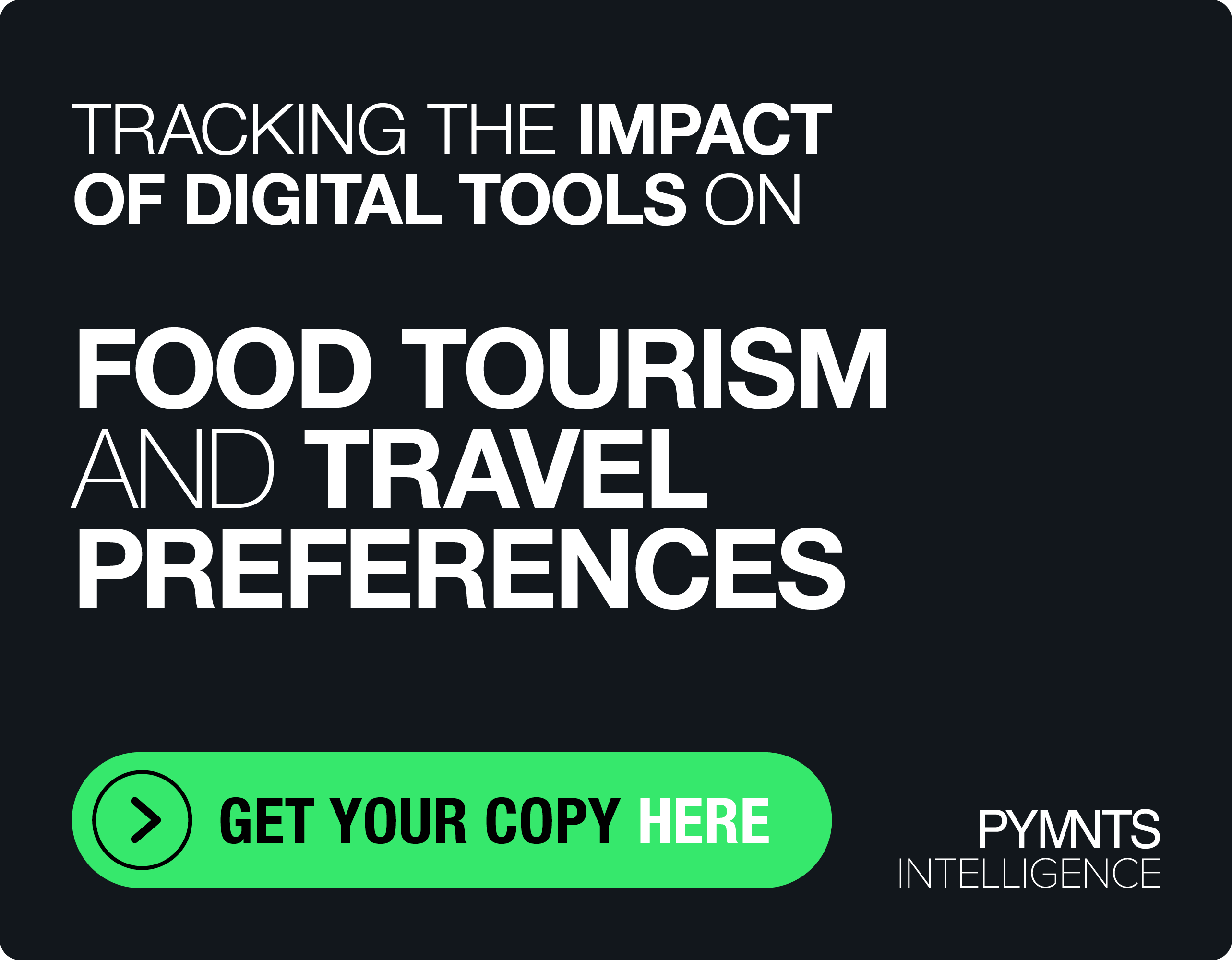Trulioo’s CEO On Solving Payments’ KYB Problem

In the ABCs of KYC, KYB has largely been skipped.
KYC (Know Your Customer) — those three letters that everyone in payments knows so well — is the backbone of the processes by which relying parties verify clients before doing business with them.
But there’s a link further back in the chain, Trulioo CEO Stephen Ufford told Karen Webster, that is just as important: KYB — “Know Your Business” — which vets the business or corporate entity trying to establish a relationship with a bank.
This is easier said than done, Ufford said, both for the bank and for the business being onboarded. It’s a lesson Ufford learned the hard way.
Rewind a few years. Vancouver, British Columbia-based RegTech Trulioo had just taken an investment from American Express. As part of that process, Stephen Ufford was invited to sit in on compliance team meetings and sessions to learn about the process as Amex was onboarding Trulioo. What he learned was that, despite the automation of some KYC processes, there was a lot of manual back and forth taking place — including, he said, the scanning and faxing of corporate business documents from state registries.
It wasn’t until Trulioo needed to open bank accounts in a handful of countries for its global identity verification business, including Australia, that his eyes were opened to just how archaic the process for onboarding businesses could be for all large banks — it took six weeks, including a requirement that a courier deliver original copies of a business registry’s certificate and minute book to a bank in Australia.
That’s when Ufford connected the dots, realizing that his own process had become exactly like what he had seen American Express do behind the scenes. There had to be a better way.
The Gold Standard
Finding good, up-to-date information on businesses, Ufford conceded, can be difficult. There are many different sources where such data may be found, and sometimes the information on file is old or confusing — say, if the legal entity has one name but is doing business under another.
The source of truth, Ufford said, are government business registries. Unlike other sources that aggregate information, the registry holds records from every entity ever in existence, whether on paper or in digital form.
That’s why when Trulioo tried to open a bank account in Australia, nothing short of the business’ registry certificate and minute book would satisfy the bank — and it had to be the originals, not a copy or scan, which are relatively easy to alter and fudge.
It’s also why Ufford felt strongly that globalizing access to government business information with a simple tool that goes straight to the source of company data, the government registry itself, would be so valuable.
It’s what he and his team then set out to do.
However, it didn’t take long for Ufford to learn why no one had bothered to do this yet. It was difficult and tedious, with challenges both expected and unexpected cropping up along the way. But, he said, “we started with the elbow grease and began doing the work no one else wanted to do.”
The First Challenge
In British Columbia, where the RegTech is based, the registry has a search function, so if Ufford wanted to find a form that Trulioo had filled out five years earlier, all he had to do was order it and retrieve it electronically.
That is the exception and not the rule.
The U.S. invested in scanning documents, said Ufford, but more so to create easier access for lawyers than to help banks and businesses certify the existence of a legitimate business. These databases were crammed with scanned documents — some of which were handwritten — none of which were searchable.
Ufford said that the team at Trulioo upped its data extraction game, using what he described as “lightweight artificial intelligence” that could recognize human names within a document and distinguish between similar graphemes like “B” and “8.”
The Second Challenge
That was nothing compared to the idiosyncrasies of navigating registries across multiple countries, multiple registries in a single country, multiple registries within countries that used the same business identification numbers for different companies and multiple form revisions that introduced new ways to capture data.
Hard Never Looked So Easy
Today, Ufford said that Trulioo’s KYB platform is live and is integrated with 180 registries worldwide to access data intelligence from over 250 million business entities globally for KYC services.
Ufford said the KYB product was really built for micro businesses and designed with players like Stripe and Square in mind, since they cannot verify micro businesses or micro merchants. And when banks don’t have enough branches or employees to run the onboarding process, they needed a way to pierce the corporate veil and see who’s behind the entity, said Ufford. Now, they have one.
Ufford said that banks can send KYC and KYB data through Truiloo’s GlobalGateway web portal to receive real-time responses, reducing the time and expense of onboarding for both parties and reducing risk as well, since the records are coming straight from the registry, guaranteeing that no one has altered them.
However, Ufford said there’s still a long way to go. The documents available from those 180 registries contain, in some cases, only the most basic of data: company name, address and registry number. As the science of extraction grows, Ufford believes that the depth of information Trulioo can access and share between entities will also grow, making this hard process look easier than ever and opening the door for PayFacs and ISOs to jump on board.
“No one denies there could be improvements,” Ufford said, “but it’s a long process. This is just our first step toward taking the pain out of global business verification.”
